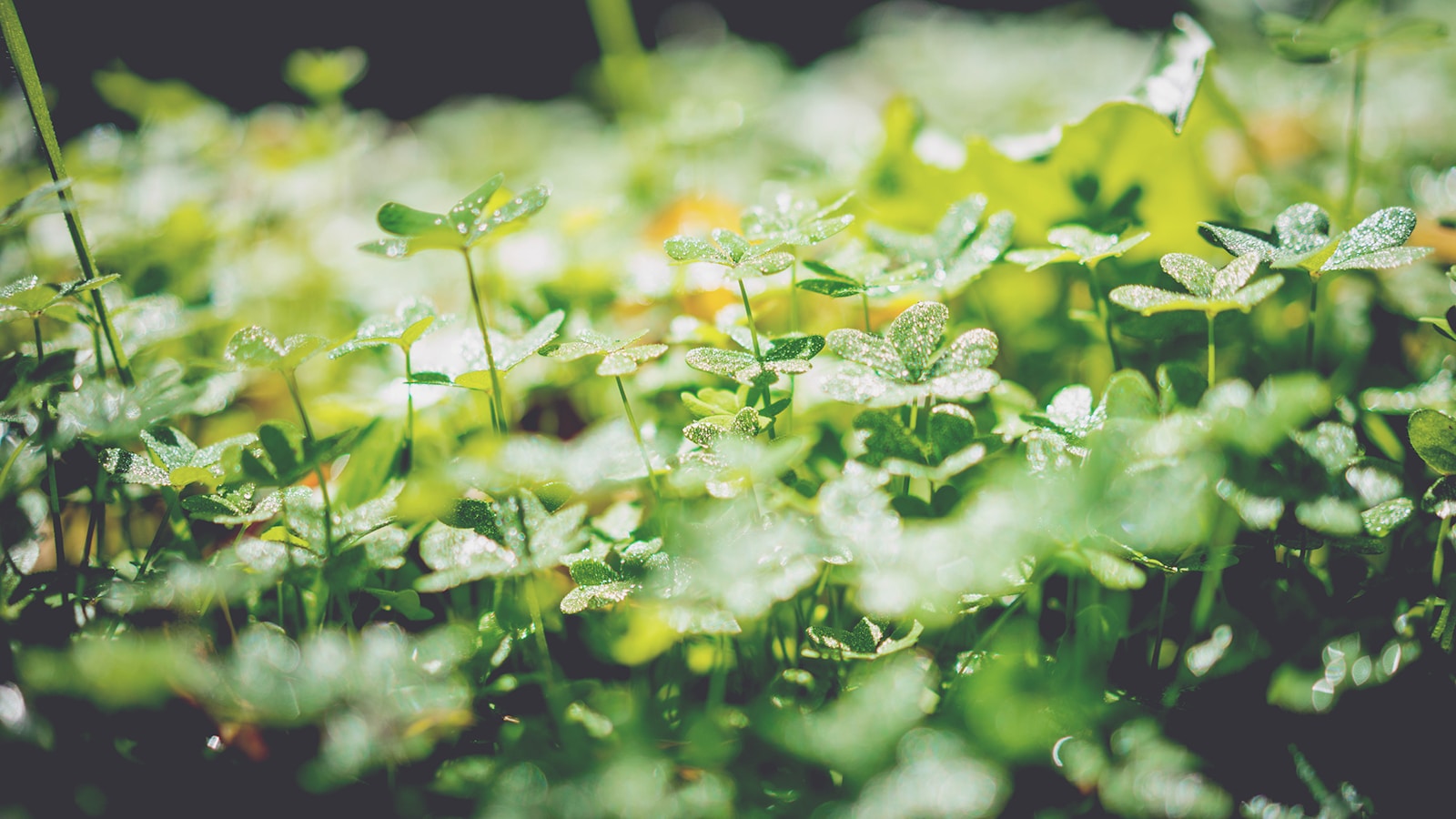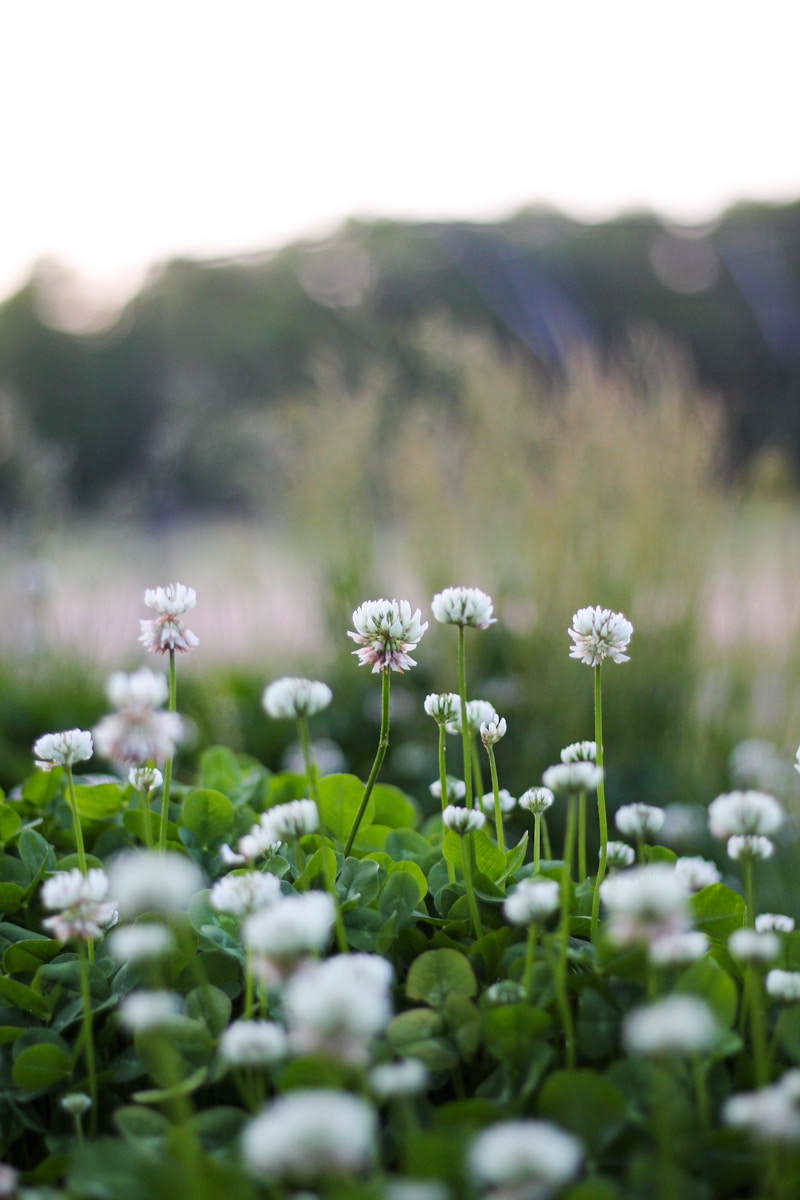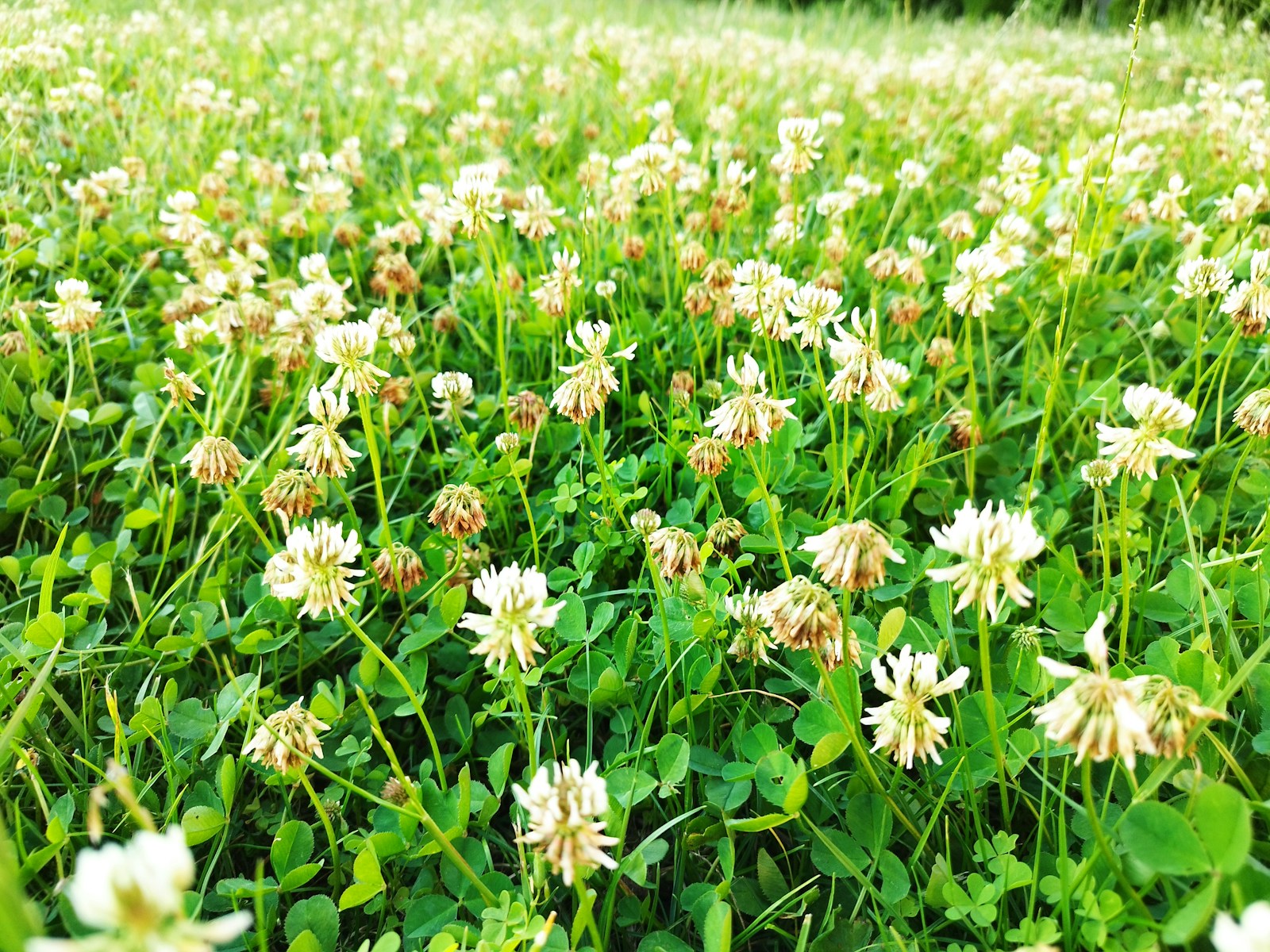In the battle for a pristine lawn, dallisgrass and crabgrass often emerge as formidable opponents, wreaking havoc on homeowners’ turf. However, understanding the distinct characteristics of these two grassy invaders is the first step toward effective management. In this article, we delve into the differences between dallisgrass and crabgrass and provide strategies for keeping them at bay.
Dallisgrass vs. Crabgrass: Identification and Characteristics
Dallisgrass (Paspalum dilatatum) is a perennial grass with coarse, light-green blades that form dense clumps in lawns. It spreads rapidly via seeds and rhizomes, thriving in hot, humid climates and poorly maintained turf. In contrast, crabgrass (Digitaria spp.) is an annual grass with light-green, wiry stems and distinctive finger-like seed heads. It germinates in the spring and thrives in compacted soil and areas with minimal competition from established turf.
Challenges Posed by Dallisgrass and Crabgrass
Both dallisgrass and crabgrass present significant challenges for homeowners striving to maintain a healthy, weed-free lawn. Dallisgrass’s aggressive growth habit and deep root system make it difficult to eradicate once established, while crabgrass’s prolific seed production and rapid spread can quickly overtake thin or stressed turf, creating unsightly patches.
Effective Management Strategies
To effectively manage dallisgrass and crabgrass in your lawn, consider the following strategies:
- Cultural Practices: Promote a dense, healthy lawn through proper mowing, watering, and fertilization practices to create conditions unfavorable for weed establishment and growth.
- Manual Removal: Hand-pulling or digging out dallisgrass and crabgrass plants, along with their root systems, can be effective for small infestations or isolated patches.
- Chemical Control: Selective herbicides formulated specifically for dallisgrass and crabgrass control can provide targeted treatment options for larger infestations. Follow label instructions carefully and apply herbicides when the weeds are actively growing for optimal results.
- Preventive Measures: Implement preventive measures such as overseeding with competitive grass species, maintaining proper soil pH and fertility levels, and using pre-emergent herbicides to inhibit crabgrass seed germination.
While dallisgrass and crabgrass may pose challenges for homeowners striving for a pristine lawn, proactive management strategies can help keep these grassy invaders in check. By understanding the differences between dallisgrass and crabgrass and implementing effective control measures tailored to each species, homeowners can reclaim their turf and enjoy a lush, healthy lawn year-round. Remember, persistence and diligence are key in the ongoing battle against lawn weeds, ensuring a landscape that’s the envy of the neighborhood.


